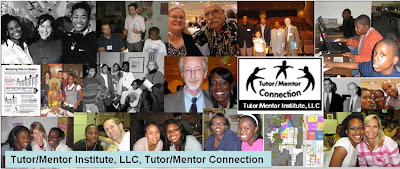 |
| Map from Washington Post, 5/2/18 |
This is not a new issue. I've been adding stories about racism and segregation to this article and this section of my web library for many years.
The Washington Post article draws it's data from a new book titled Cycle of Segregation, written by Kyle Crowder and Maria Krysan . Here's an interview on WGN Radio with one of the authors.
The challenge continues to plague Chicago and other parts of the country. It's a complex problem and as Maria Krysan said in the Washington Post article:
We don't have the integrated social networks. We don't have integrated experiences through the city. It's baked-in segregation,” Krysan said. “Every time [a person] makes a move [they’re] not making a move that breaks out of that cycle and making a move that regenerates it.”I've supported well-organized, volunteer-based tutor/mentor programs for more than 30 years because these programs are integrated social networks connecting youth and families from inner city neighborhoods with a mix of volunteers from many different parts of Chicago, many different business backgrounds, and many faith, age and racial backgrounds.
While I've led the Tutor/Mentor Connection since creating it in 1993, few leaders have adopted the strategies I've shared and/or made consistent, long-term commitments to helping this type of program start and grow in all high poverty areas of the city and suburbs. Furthermore, of the nearly 200 youth serving organizations I point to on this list, very few show a strategy and theory of change that describes their program as a social network connecting youth in poverty to people, experiences and opportunities beyond.
 Next week The Chicago Community Trust will host it's annual On The Table event, where people from throughout the region gather in small groups to discuss issues important to them, and to Chicago.
Next week The Chicago Community Trust will host it's annual On The Table event, where people from throughout the region gather in small groups to discuss issues important to them, and to Chicago. My hope is that many of these groups will use maps like I share and point to on this site, and discuss ways they and people they know can build a better understanding of the places and problems of racial segregation in the Chicago region, then map out strategies and action steps that people can take daily to try to close the gaps.

No comments:
Post a Comment